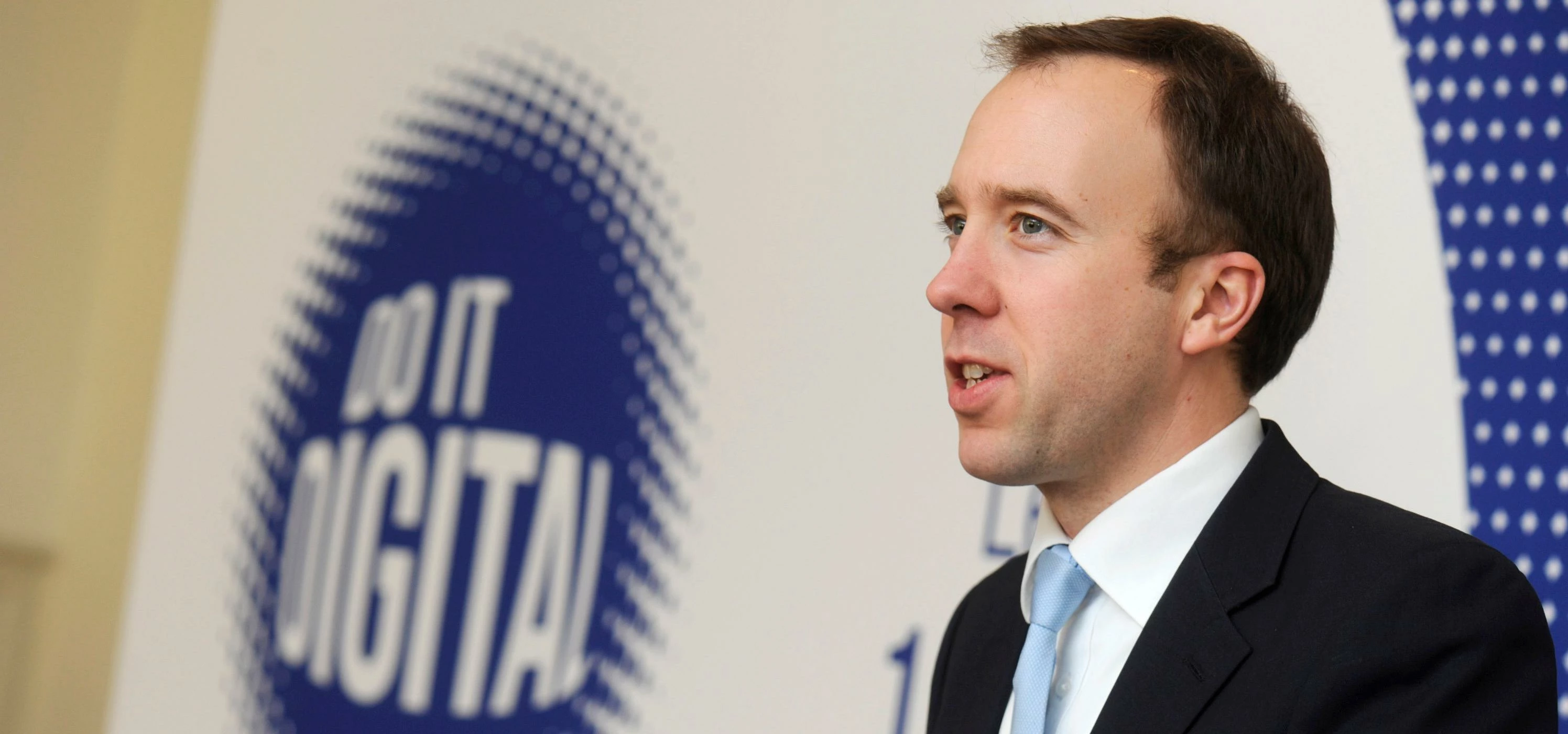
Partner Article
The UK is in the midst of a creative jobs boom but still more to be done on diversity
Growth in the number of people working in the UK’s creative industries has continued to outstrip every other sector in the workforce in the last 12 months, with particularly impressive growth in the UK’s regions.
According to the latest jobs figures from the Department for Digital, Culture, Media and Sport (DCMS), there are now almost 2m people employed in the creative industries, which includes sectors such as fashion and design as well as TV and radio, representing a jump of 5% on last year.
Compared to the wider UK workforce, which grew by 1.2% in the last 12 months, the creative industries are now creating jobs at four times the rate of the rest of the country’s employment market.
The DCMS figures also highlight that growth has not just been limited to traditional creative hotspots such as London either, with Yorkshire, Manchester and the Midlands all seeing a particularly buoyant employment market for creatives.
Yorkshire and the Humber performed particularly well with the growth in its TV and film industry at 40% outstripping every other region in the UK.
Creative Industries Minister Matt Hancock said that the figures showed that the UK’s creative industries were in rude health and played a crucial role in shaping the country’s image abroad.
He commented: “Those working in the creative industries are cultural ambassadors for Britain, and play a hugely important role in helping form and shape the way we are viewed both at home and abroad.
“This strong, sustained growth of the creative industries is fantastic to see, and we are working with industry to make sure this continues.”
The government has also trumpeted figures which show that representation of Black and Minority Ethnic (BAME) backgrounds across the industry was up by 15% since 2015, outstripping the wider UK workforce by two and a half times.
In particular, BAME representation was up by 40% in the TV and film industries alone, while in design and fashion this was nearer 50%.
There’s is still a long way to go of course, and the issue of diversity and representation in the media is particularly thorny considering the controversy over last week’s release of the pay packets of the BBC’s top stars.
With only one woman in the top 10 and yawning gaps between the pay of its white and BAME stars, the release served to further shine the spotlight on pay gaps and diversity in the media.
Hancock admitted there was still ‘more to do’ but that he was ‘encouraged’ to see the figures improving in the industry at a rate that still outstrips the job market as a whole.
Looking to promote your product/service to SME businesses in your region? Find out how Bdaily can help →
Enjoy the read? Get Bdaily delivered.
Sign up to receive our popular morning National email for free.








 A year of resilience, growth and collaboration
A year of resilience, growth and collaboration
 Apprenticeships: Lower standards risk safety
Apprenticeships: Lower standards risk safety
 Keeping it reel: Creating video in an authenticity era
Keeping it reel: Creating video in an authenticity era
 Budget: Creating a more vibrant market economy
Budget: Creating a more vibrant market economy
 Celebrating excellence and community support
Celebrating excellence and community support
 The value of nurturing homegrown innovation
The value of nurturing homegrown innovation
 A dynamic, fair and innovative economy
A dynamic, fair and innovative economy
 Navigating the property investment market
Navigating the property investment market
 Have stock markets peaked? Tune out the noise
Have stock markets peaked? Tune out the noise
 Will the Employment Rights Bill cost too much?
Will the Employment Rights Bill cost too much?
 A game-changing move for digital-first innovators
A game-changing move for digital-first innovators
 Confidence the missing ingredient for growth
Confidence the missing ingredient for growth